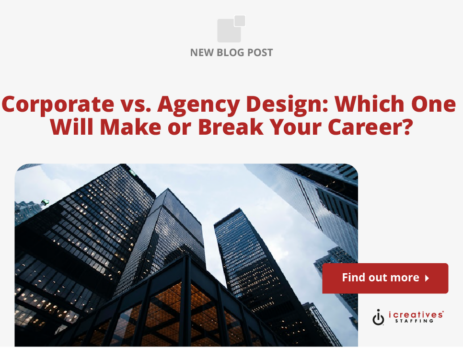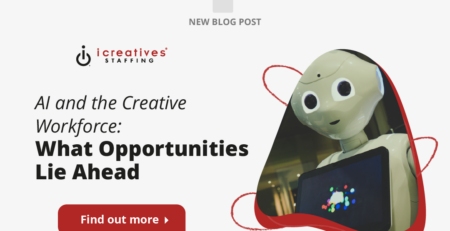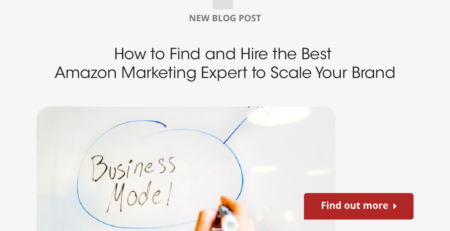Corporate vs. Agency Design: Which One Will Make or Break Your Career?
Choosing between a corporate and an agency design career is more than just a job selection; it’s a decision that can define your professional growth, creativity, and work-life balance. This article delves into the core differences between these two paths, helping designers make an informed choice that aligns with their career aspirations and lifestyle preferences.
In corporate design roles, designers find themselves within larger, often global companies, working on established brands. These positions typically offer stability, structured career paths, and the opportunity to deeply influence a single brand’s visual identity over time. The environment is usually less volatile but can sometimes limit creative freedom due to strict brand guidelines.
Agency design, on the other hand, is characterized by its fast-paced, project-driven nature. Designers in agencies work with a variety of clients, which provides exposure to diverse design challenges and innovative solutions. This path can be more dynamic and unpredictable, with fluctuating workloads and the constant need to adapt to new client expectations and market trends.
The decision between these two paths affects not only the type of projects you will work on but also your professional development, the diversity of your portfolio, and your personal job satisfaction. It’s crucial to consider how each environment matches your personal work style and career goals.
This comprehensive guide explores the most pressing questions related to corporate and agency design careers, providing insights into job roles, career progression, work-life balance, creativity demands, and financial benefits. By understanding these aspects, designers can navigate their careers towards more fulfilling and successful outcomes.
What Are the Key Differences in Job Roles and Responsibilities Between Corporate and Agency Design?
Understanding the distinct job roles and responsibilities in corporate versus agency settings is crucial for designers aiming to align their careers with their skills and preferences. Here’s a detailed look at how these roles typically differ:
Corporate Design Roles: Designers in corporate settings often focus on maintaining and evolving a single brand’s identity. This involves creating consistent visual elements that align with the company’s long-established brand guidelines. The work is generally more predictable and can be less diverse in terms of style and concept.
Agency Design Roles: Agency designers face a rapidly changing landscape where they must adapt to the varying needs of multiple clients. This role demands high versatility and the ability to deliver innovative solutions promptly. The work is diverse, with opportunities to experiment with different styles and techniques.
For more on how these roles impact career development, see 10 Common UI/UX Myths Debunked.

How Do Career Progression Opportunities in Corporate vs. Agency Design Compare?
Career progression can look significantly different between corporate and agency environments. Here’s what designers can expect in each path:
Corporate Progression: Typically features a more linear and structured path. Designers can advance to senior designer positions, potentially moving into managerial roles. The stability and size of corporations support long-term career planning and development.
Agency Progression: Tends to be more merit-based and performance-driven. Rapid changes in client needs can lead to quick promotions for those who excel. However, this can also mean less job security if the agency’s client base diminishes.
For insights into managing a design career in an agency, visit Freelance UX Designer Career Path.
What Impact Does Working in Corporate vs. Agency Have on Work-Life Balance?
The impact on work-life balance can be quite different when comparing corporate and agency settings:
Corporate Work-Life Balance: Generally offers more regular hours and a predictable schedule, which can be appealing for those seeking stability.
Agency Work-Life Balance: Often requires more flexibility due to unpredictable client demands and project deadlines. This can lead to longer hours and a more hectic schedule, potentially affecting personal time and stress levels.
Learn more about achieving balance in design careers at Transform Your Marketing with Freelance Creatives.
How Does the Creativity Demand Differ Between Corporate and Agency Design Work?
Creativity demands vary greatly between corporate and agency designs:
Corporate Creativity: Often constrained by the need to adhere to strict brand guidelines, which can limit the scope of creative expression.
Agency Creativity: Typically higher due to the diverse needs of multiple clients, requiring innovative thinking and a flexible approach to design.
For further reading on creativity in design, check out What is Behavioral Design and Why Does It Matter?.
What Are the Financial Benefits and Job Security Like in Corporate vs. Agency Design Roles?
Financial benefits and job security are important factors to consider when choosing between corporate and agency design roles:
Corporate Financial Benefits: Typically includes higher salaries and more comprehensive benefits packages due to the larger size and stability of corporations.
Agency Financial Benefits: While potentially offering competitive salaries, may lack the same level of benefits. Job security can be less stable, dependent on the fluctuating needs of the agency’s client base.
Explore more about financial planning for designers at 5 Mistakes Web Designers Make When Job Hunting.
Conclusion
Choosing between a corporate or agency design career involves weighing various factors, including job roles, career progression, work-life balance, creativity demands, and financial benefits. Each path offers unique advantages and challenges, making it essential for designers to consider their personal and professional goals when making this decision.
Ultimately, the right choice will depend on individual preferences, career aspirations, and lifestyle needs. By carefully considering each aspect and how it aligns with personal goals, designers can forge a path that is both professionally rewarding and personally fulfilling.
In today’s competitive market, finding the right creative and marketing expert can be a challenge. But with icreatives, you’re in experienced hands. With 37 years in staffing and a track record of matching more than 10,000 employees to over 1,000 companies worldwide, we know how to connect you with the best. Plus, you only pay if you hire—there’s no risk, only results. Ready to find your perfect creative or marketing expert? HIRE WITH ICREATIVES today!












